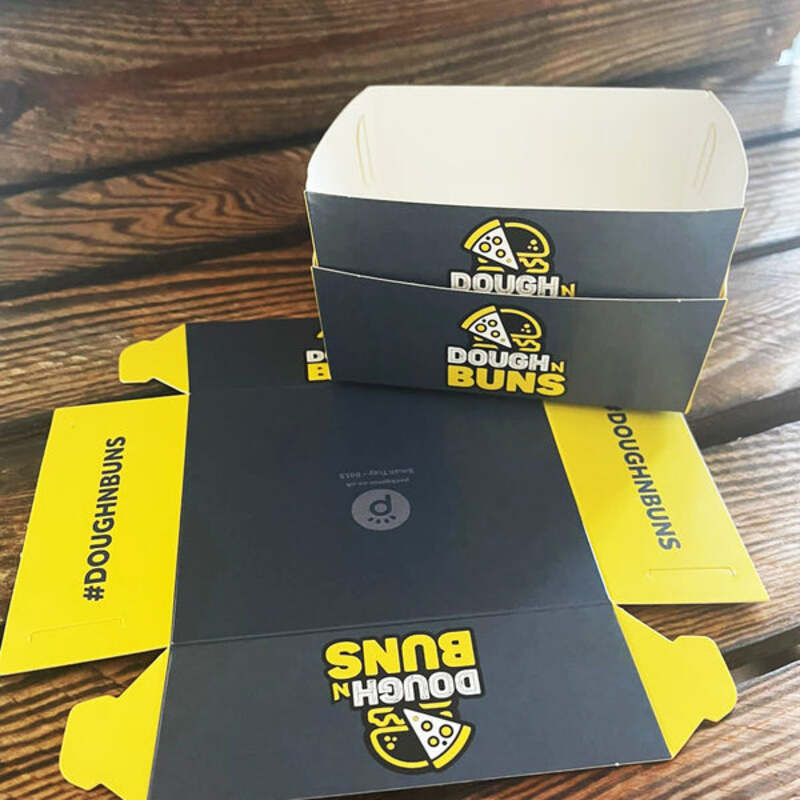The Art of Paper Cup Branding
In the fast-paced world of consumerism, branding has emerged as a crucial element for businesses looking to stand out in a crowded marketplace. One seemingly simple object has become a canvas for creative expression and brand identity— the paper cup. This unassuming vessel not only serves a functional purpose but also acts as a powerful marketing tool that can influence consumer behavior, evoke emotions, and create lasting impressions.
Paper cups have become synonymous with the coffee culture that has permeated urban life. From artisanal coffee shops to global fast-food chains, these cups represent more than just a beverage; they symbolize a lifestyle. Consequently, brands have recognized the potential of paper cups as a strategic branding opportunity. Through unique designs, captivating graphics, and innovative materials, companies can transform a mundane item into an unforgettable experience.
One of the most effective aspects of paper cup branding is its ability to generate visibility. As consumers walk down the street, sip their drinks, or wait in line, these branded cups act as mobile advertisements. The visual impact of a well-designed paper cup can draw attention and spark conversations. For instance, a brightly colored cup featuring a witty tagline or an eye-catching illustration can intrigue passersby and incite curiosity about the brand behind it. This form of passive marketing is invaluable, as it provides organic exposure without the need for an advertising budget.
paper cup branding

Moreover, the emotional connection created through branding is vital. A paper cup can encapsulate a brand's ethos, telling a story that resonates with its target audience. For example, a company that emphasizes sustainability might choose eco-friendly materials and print its mission on the cup. This approach not only communicates the brand's values but also resonates with environmentally conscious consumers. When customers feel aligned with a brand's message, they are more likely to develop loyalty and become repeat buyers.
The seasonal themes and limited edition designs further enhance the branding experience. Many coffee shops roll out special cups for holidays, events, or in collaboration with artists. These limited runs often create a sense of urgency and exclusivity, compelling customers to try the seasonal beverages not just for the taste but for the collectible nature of the cups themselves. Social media plays a significant role in this phenomenon, as customers share pictures of their unique cups, thereby amplifying the brand's reach.
In addition to the aesthetic and emotional aspects, the practicality of paper cups also fosters direct engagement with consumers. Brands often utilize cups for promotional campaigns, including QR codes that link to exclusive offers or events. This integrative approach combines physical products with digital interactions, bridging the gap between traditional marketing and modern technology.
In conclusion, paper cup branding exemplifies the intersection of creativity, marketing, and consumer engagement. By transforming a simple cup into a vessel of identity, companies can cultivate brand loyalty, increase visibility, and inspire conversations. As businesses continue to innovate, the humble paper cup will undoubtedly remain an essential element in the art of branding, allowing brands to express themselves in unique and impactful ways.



